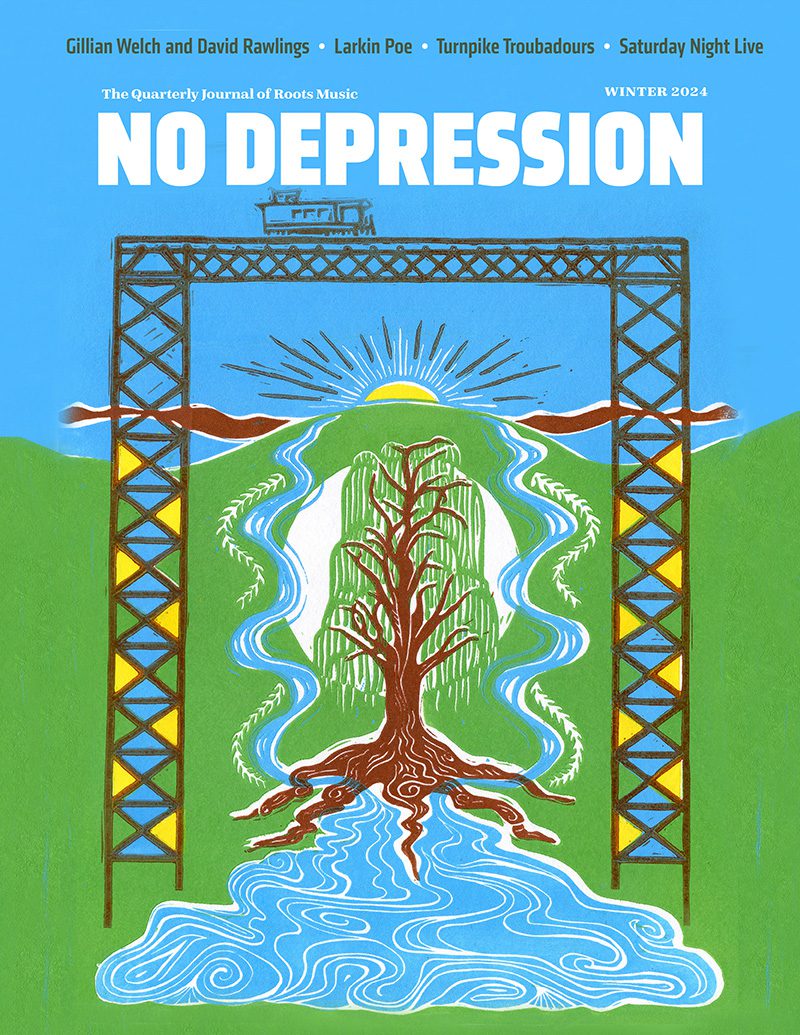John Fogerty – Double fantasy
Three and a half years older than John (practically a different generation when you’re a teenager), Tom Fogerty was initially the more ambitious in terms of the music business, singing with bands that were better established than John’s Blue Velvets, and signing a recording contract as early as 1959. When the brothers decided to join forces, they were initially billed as Tommy Fogerty & the Blue Velvets, with Tom singing and writing the material (occasionally in collaboration with John).
By 1964, the band had attracted the attention of a small hometown indie label, Berkeley’s Fantasy Records. Someone at the label suggested a name change from the ’50s-sounding Blue Velvets to the Golliwogs. This was a period when local radio was truly local and often gave significant support to local bands on local labels. Even a jazz imprint such as Fantasy hoped to capitalize on rock ‘n’ roll’s commercial frenzy in the wake of the Beatles.
In retrospect, the Golliwogs’ music would fit just fine with that of the other teen and post-teen garage bands on the Nuggets anthology, those that played with more passion than polish, showing more mimicry than originality, striving for a hometown hit. Yet there were already significant signs of development: The sweeter-voiced Tom ceded the frontman role to his gruffer-voiced younger brother, and the Fogertys shared songwriting credits on most of the band’s original material.
With Fantasy subsidizing the band’s equipment, and the label’s Saul Zaentz serving as something of a mentor, the band jettisoned the Golliwogs name (which Zaentz hated) in favor of one that might play better amid the emerging San Francisco boom on the more fashionable side of the bay. While working as a shipping clerk at Fantasy, John Fogerty began writing more on his own.
Though the self-titled debut album of Creedence Clearwater Revival, released in the summer of 1968, brought the band to national attention, it barely hinted at what was to come. Where the songwriting of John Fogerty would subsequently distinguish the band, Creedence’s original airplay came from covers of earlier hits that some younger rock fans were likely hearing for the first time.
On album, the band stretched Dale Hawkins’ “Susie Q” into a psychedelic jam lasting more than eight minutes, though the single version was barely more than two. Fogerty’s vocal on Screamin’ Jay Hawkins’ signature tune, “I Put A Spell On You”, exchanged the cartoonish aspects of Hawkins’ shtick for a more seriously foreboding threat. Perhaps the most striking original was “Walk On The Water”, a Fogerty brothers collaboration previously recorded by the Golliwogs.
Even the liner notes by San Francisco critical sage Ralph J. Gleason seem in retrospect to undermine the band’s prospects with comparatively faint praise, labeling Creedence as “an excellent example of the Third Generation of San Francisco bands which gives every indication…of keeping the strength of the San Francisco sound undiminished.” Though the band could jam and had tinges of psychedelia, its button-down flannel was at odds with flower power, and the strength of the band’s singing, songs and rhythm section gave Creedence a musicality beyond “good vibes.”
With Bayou Country, released just six months later, John Fogerty felt that the band had already reached a line of demarcation, and he was determined to make a big leap over it. Plenty of groups of that era had enjoyed hits as big as “Susie Q” and would never come close again. If Creedence were in this for keeps, Fogerty knew the band would have to raise its game.
“I was very aware of sophomore jinx, one-hit-wonder,” he says. “And there was this discipline, this desperate mindset. We’re on Fantasy Records, the smallest label in the world. We don’t have a manager, we don’t have a publicist and we don’t have a big money machine behind us. So I knew we just had to do it with the music. I’m sitting in my apartment, into a state almost like meditation, no drugs or alcohol, just trying to come up with some songs. Basically it was just imagining this whole world, and with Bayou Country, the band really stepped up. That album was all of a piece.”
With “Proud Mary” establishing Fogerty’s songwriting prowess, the record gave sound to the mythic south where he’d been living in his head, as “Born On The Bayou” opened that world with one of those indelible riffs for which Creedence would become known.
Though plainly a huge leap from the band’s debut, Bayou Country gave Fogerty little time to rest on his laurels. While most of the San Francisco “underground” was an FM rock phenomenon, Creedence was establishing itself as an AM mainstay, one that Fogerty figured was only as good as its next single. And after “Proud Mary” and “Born On The Bayou” were released on the same 45, he didn’t hear any more singles on the band’s most conceptual album. Fogerty wanted it all: the artistic legitimacy in a world where the album had become the gold (and soon to be platinum) standard, but also the hit singles that represented the music he had loved best and longest.
“The Beatles were my template, with their double-sided hit singles,” he explains. So at a time when singles were often released to stir anticipation for a forthcoming album, he plugged the gap following “Proud Mary” with “Green River”/”Commotion” and “Bad Moon Rising”/”Lodi”.
“In three weeks we finished that album, and sonically it was just what I wanted it to be,” he says of Green River, issued in August 1969, just seven months after Bayou Country. Almost as if they had previously been slacking, Creedence came out with Willy And The Poor Boys just three months later. In addition to “Down On The Corner”, which inspired the album’s title, it included “Fortunate Son”, the band’s most political and stirring anthem to date (and to these ears its best song ever).
Plainly, the commercial pace wasn’t forcing Fogerty to rely on retreads or leftovers, but was spurring him to greater creative peaks.
The fifth album released by Creedence in two years, Cosmo’s Factory, was their most ambitious attempt to become established as something more than a singles band. The world of rock seemed increasingly divided in the wake of Woodstock between “hip, progressive” FM bands and “commercial” AM music. Ironically, few remember that Creedence played Woodstock (they were actually the first headliner signed for the festival), since Fogerty deemed the band’s performance substandard and refused to allow it on the film or album. Even so, apparently Creedence did get something out of the festival, since accounts suggest that the weather inspired Fogerty to write “Who’ll Stop The Rain”, one of the highlights of Cosmo’s Factory.




